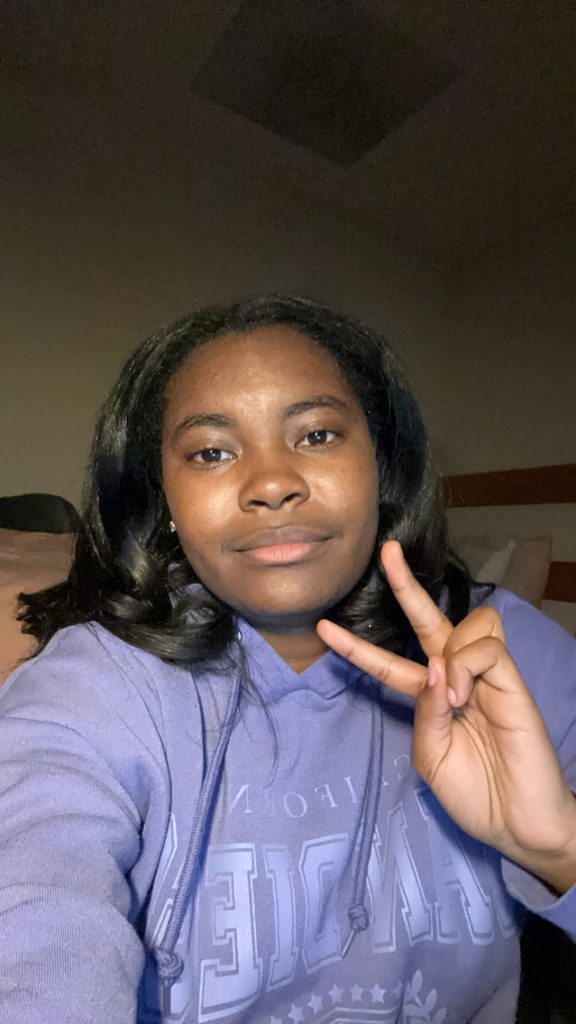The St. Louis Circuit Historical Records Project was a collaboration with WashU Libraries and the Missouri History Museum. This project was uniquely an effort of several groups of contributors, who devoted significant time and areas of expertise to make the project a success. The goals are to make resources discoverable and ensure their long-term preservation. They also facilitate their use and enable a deep engagement to positively impact every student, instructor and researcher. The intended audiences are college students. Other audiences are professors and researchers. The researchers learned that this project dealt with a broader set of cases, comprised of four collections: freedom suits; suits relating to the early fur trade in Missouri; suits involving Native Americans and suits related to Lewis and Clark and the Corps of Discovery. Case files were imaged, and a database of metadata was developed to organize the materials. On the page, they have four different links that take the user to different websites. The websites are City Directories, Freedom Bonds, Circuit Court Records and Record books. There are case files, record books and indices.
The project took a while to finish. I was trying to figure out where to start and also figure out what information I should put down. I skimmed through some of the text documents and looked through the two links at the bottom to get in more information. Some of the strengths are that they have collections of the circuit court records, as well as the record books, freedom bonds and city directories. You can find all of the metadata under those links. I would say that for the weakness, the main page is a temporary home for the project after the retirement of the original project infrastructure in 2022. All of the documents are still on the page. So, there isn’t an advanced search functionality at the moment, but there are plans to add that in the future to take full advantage of the legal encoding work. Under the “St. Louis Circuit Court Legal Encoding Project Legacy Site”, they have all of the links of the case files, record books and indices, however if you click on any of the links, it takes you to a page where it wasn’t archived, so that is another weakness. I believe that this project can enhance our knowledge with facts we didn’t know before. You can find all of the information about the St. Louis Circuit Court Records and even the Dread Scott case. Creating a full-text searchable collection of these documents and enhancing their use makes them significantly more accessible to a wider range of audiences and can provide a new mean of understanding the roles of enslaved people, lawyers, abolitionists, the state of Missouri and others involved in these cases. I believe this project does a great job at capturing ancient history that happened throughout St. Louis.
